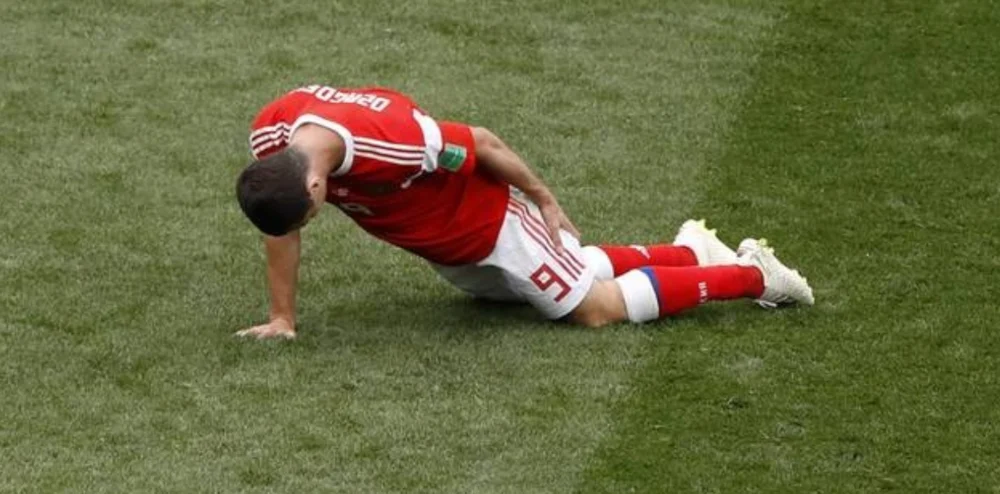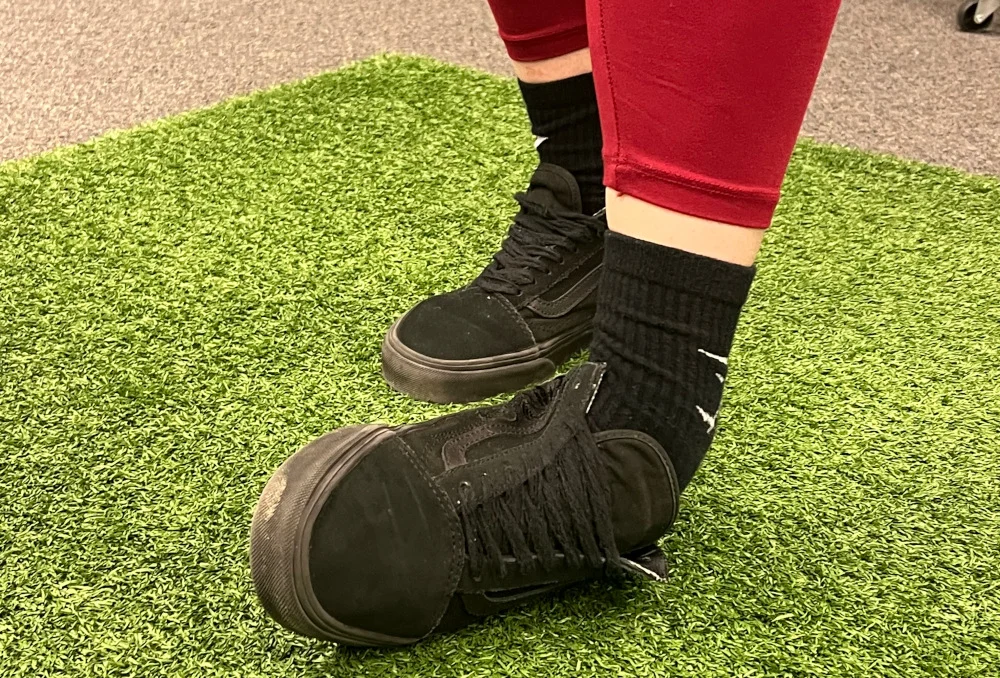Ankle sprains are the sneakiest of injuries—common, painful, and way more complicated than they seem. If you’ve ever rolled your ankle, you know the drill: ice it, hobble around for a few days, and hope for the best. But what if I told you that a single ankle sprain could quietly set you up for years of instability, reduced strength, and even injuries in other parts of your body? At our Burlington physiotherapy clinic, we understand the complexities of ankle injuries and their long-term effects.
The reality is that ankle sprains are not just minor setbacks—they can have long-term consequences if not properly addressed. From weakened ligaments to imbalances in the lower body, a sprain does more than just make you wince when you walk. Let’s unpack why active rehab is your best defense against chronic issues and why you should take even the smallest ankle injury seriously.
The Repeat Offender: Why One Sprain Leads to Another
First, let’s talk about the biggest risk factor for an ankle sprain: having already sprained your ankle before. According to a 2020 study published in the British Journal of Sports Medicine, athletes who had previously sprained their ankle were up to 70% more likely to sprain it again. That’s a staggering statistic, but it makes sense when you understand what happens after an initial injury.
Our expert physiotherapist from the Burlington clinic can help prevent these recurring injuries.
When you roll your ankle, the ligaments that support the joint are overstretched or even torn. Unlike muscles, which can rebuild strength fairly quickly, ligaments take longer to regain their original tension. If they heal in a looser, weaker state, your ankle loses stability, making it more susceptible to future sprains.
Another key issue? Proprioception—the body’s sense of position and movement—takes a hit. Your brain relies on sensory feedback from ligaments, tendons, and muscles to maintain balance and coordination. When those signals become weaker after an injury, your ability to react to uneven ground or sudden shifts diminishes. Without proper rehabilitation, this deficit lingers, making it all too easy to roll your ankle again, even during simple activities like walking on a sidewalk or stepping off a curb.
The Chain Reaction: How a Sprained Ankle Affects Your Whole Body
It’s not just the ankle that suffers after a sprain. Because the body is an interconnected system, an injury in one area often leads to compensations in another. This is particularly true for the lower body, where the ankle serves as a foundation for movement. At our Burlington physiotherapy clinic, we take a holistic approach to treating ankle sprains, addressing not just the immediate injury but its effects on the entire body.
One surprising consequence? Weakened glutes. Yes, that’s right—a simple ankle sprain can affect your backside. When you limp or favor one leg to avoid pain, your movement patterns change. Over time, this can lead to reduced activation of the glute muscles, which are essential for stability, power, and overall lower-body function.
A 2022 study in Physical Therapy in Sport found that 60% of individuals with chronic ankle sprains exhibited glute weakness. This weakness affects more than just athletic performance—it can contribute to poor posture, lower back pain, and an increased risk of knee or hip injuries. Imagine a soccer player who can’t generate as much force when kicking or a runner whose stride becomes less efficient. Suddenly, that “small” ankle sprain is impacting everything from squats to sprinting.
But it doesn’t stop there. Other potential ripple effects of a poorly healed ankle sprain include:
- Reduced calf strength, leading to inefficient push-off mechanics while walking or running.
- Joint stiffness, which limits range of motion and makes movements feel restricted.
- A wobbly gait, increasing the risk of missteps and subsequent injuries.
- Compensatory knee or hip strain, as the body tries to make up for the instability in the ankle.
If left unaddressed, these problems can evolve into chronic ankle instability—a condition where the ankle feels unstable even on flat ground. For some people, this means living with a constant fear of rolling their ankle again, limiting their physical activity, or experiencing pain that lingers long after the initial injury has healed.
The Solution: Why Active Rehab is the Best Approach
Rest alone won’t cut it when it comes to recovering from an ankle sprain. While taking it easy in the first 48 hours is important to reduce swelling, prolonged inactivity does more harm than good. The best way to ensure full recovery and prevent re-injury? Active rehabilitation, which is a cornerstone of our physiotherapy services in Burlington.
Unlike passive rest, which simply allows the body to heal on its own, active rehab involves structured exercises designed to rebuild strength, coordination, and confidence in movement. A 2023 meta-analysis in The American Journal of Sports Medicine found that athletes who engaged in active rehab had a 40% lower risk of re-injury compared to those who relied on rest alone.
Key Exercises for Ankle Sprain Recovery
So, what does active rehab look like? Here are some key exercises that help restore ankle stability and prevent future injuries:
- Balance Drills – Standing on one leg, using a balance board, or performing single-leg reaches helps retrain proprioception and improve stability.
- Resistance Band Exercises – Using a resistance band to perform ankle dorsiflexion, inversion, and eversion strengthens the muscles surrounding the joint.
- Glute Bridges – Since weak glutes can contribute to instability, strengthening them with bridges, clamshells, or lateral band walks is essential.
- Calf Raises – These rebuild strength in the lower leg and improve push-off mechanics.
- Ankle Mobility Drills – Gentle ankle circles and dorsiflexion exercises help restore full range of motion.
Consistency is key. Performing these exercises regularly, even after the pain subsides, ensures that the ankle regains its full function and doesn’t remain vulnerable to future injuries.
Take Action: Don’t Let an Ankle Sprain Sideline You
Ankle sprains might seem minor at first glance, but their long-term effects can be significant if not properly managed. Ignoring the issue or relying solely on rest increases the likelihood of re-injury, chronic instability, and muscle imbalances throughout the lower body. On the flip side, incorporating active rehabilitation can strengthen not just the ankle, but also the surrounding muscles and joints, reducing the risk of future injuries.
If you’ve rolled your ankle, don’t just wait it out—take action. Prioritizing mobility, strength, and stability through guided rehabilitation will help you return to your favorite activities stronger than before. Whether you’re a competitive athlete or just someone who enjoys staying active, proper recovery ensures that one misstep doesn’t turn into a recurring problem.
Looking for expert guidance? Swing by our Burlington physiotherapy clinic or contact us, where we’ll develop a personalized rehab plan to get you back on your feet—stronger, steadier, and ready for whatever comes next. Our physiotherapy services in Burlington are designed to address not just your immediate concerns, but to set you up for long-term success and injury prevention. Your next game is waiting—let’s make sure you’re ready to play!


































